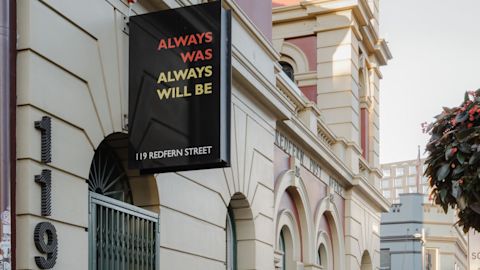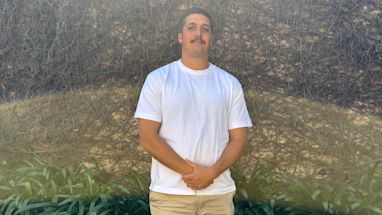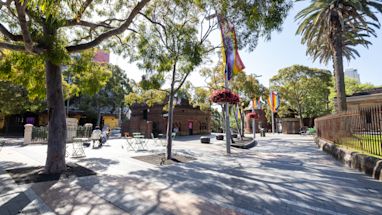When Tracey Duncan thinks of an Aboriginal and Torres Strait Islander knowledge centre, she thinks of living culture.
Tracey is a Gomeroi woman, and the project manager of 119 Redfern Street, a new space for local Aboriginal and Torres Strait Islander communities to gather, share knowledge and practise culture.
“It’s not a place filled with materials and objects, but with people who have real-life experiences and knowledge. A place where stories, traditions and knowledge can be passed down through generations and preserved, cherished and shared,” Tracey said.
“We have designed it to be quite a versatile space so it can be what community need and make it.”
Tracey says the aim is for the new centre to be a culturally safe space for local Aboriginal and Torres Strait Islander community members of all ages.

The City of Sydney Aboriginal and Torres Strait Islander Advisory Panel has regularly highlighted the need for a safe space to meet and share cultures.
Since the purchase of the former post office site at 119 Redfern Street, the City of Sydney consulted with local Aboriginal and Torres Strait Islander communities about how the space should be used and made accessibility upgrades to the building.
Lord Mayor Clover Moore said the Knowledge and Cultural Centre would deliver on a promise made in the City’s Eora Journey – a program of work promoting cultural, economic and social sustainability for Aboriginal and Torres Strait Islander communities in our local area.
“119 Redfern Street sits in the heart of an area synonymous with Indigenous community, culture and activism. Purchasing the building and converting it for this purpose reflects our commitment to ensuring Redfern remains a proudly Aboriginal place."

A space shaped by the community
People are at the centre of Tracey’s role at 119 Redfern Street.
“My role at the moment is about getting the space ready for community, but at the same time making sure that community are right there beside me every step.
“For community to have real ownership of this space, they have to be involved from the very start.”
The consultation highlighted a need for the space to be co-designed with local Aboriginal and Torres Strait Islander communities.
Locals shared their views about the future use of 119 Redfern Street through surveys, pop-up stalls, workshops and more. The results of the consultation showed a broad range of ideas for the space – as well as strong common themes.
“Mob were all on the same page in regards to wanting a culturally safe space – a place where it connects our culture back to identity, where it connects our mobs together.”
Aboriginal City of Sydney employees will run and manage the centre while governance structures for the future community management and self-determination of 119 Redfern Street are developed with community.

Welcoming new ideas
Now that the doors are open, Tracey is inviting local Aboriginal and Torres Strait Islander organisations and community members into 119 Redfern Street.
Tracey urges local Aboriginal and Torres Strait Islander communities to get involved, use the space and bring their ideas of how the facilities can be used.
“I think that’s how 119 will thrive moving forward. By making sure that all the people in community have an opportunity to use this space, to bring ideas into the space, to have an opportunity for truth telling.”
For those looking for some inspiration, Tracey can see the space being used for cultural and community workshops, story sharing by elders and young people, choir performances and even yoga.
“I think that first year of programming is really important but it’s also really important to not have it nailed in,” Tracey said.
“There’s flexibility, like this community. Things change and we want to be able to change with that.”
Find out more or hire a space at 119 Redfern Street.
See more photos from the official opening event of 119 Redfern Street.
An Aboriginal and Torres Strait Islander knowledge and culture centre is major component of the City of Sydney’s Eora Journey – 4 long-term projects that celebrate the living cultures of Aboriginal and Torres Strait Islander communities.
Published 14 May 2024



